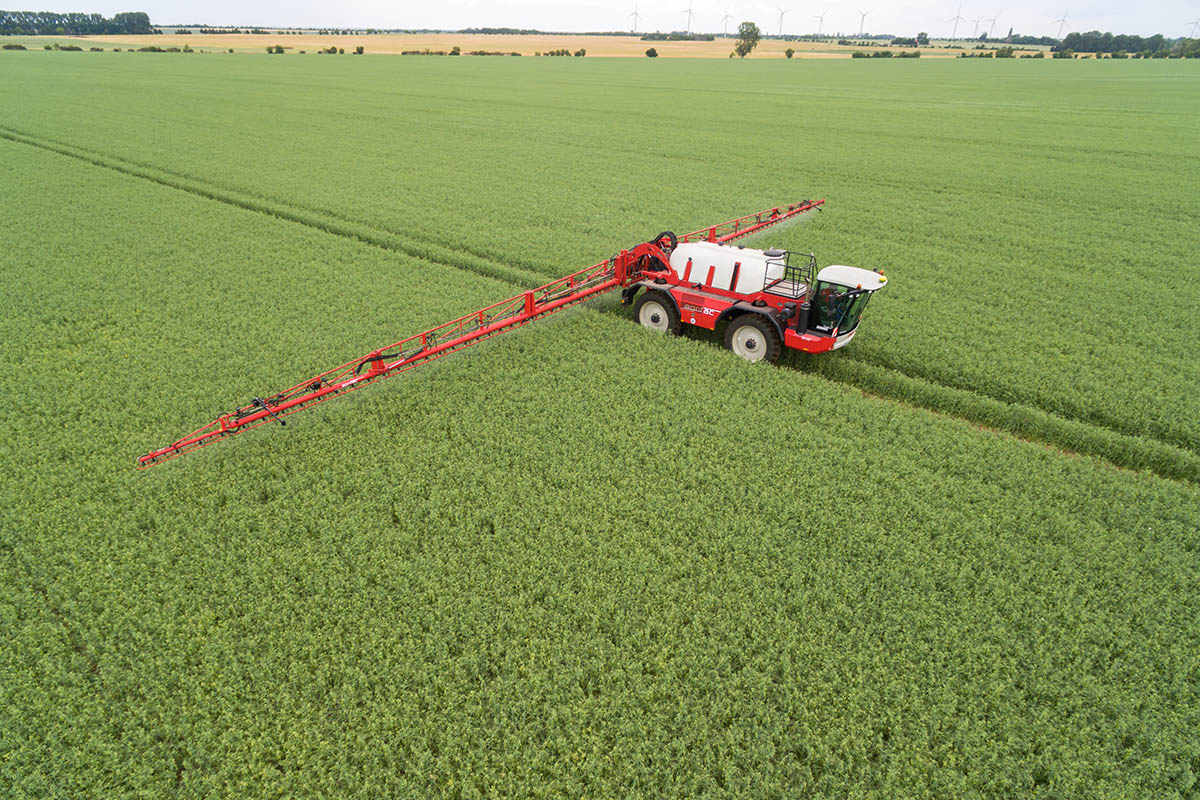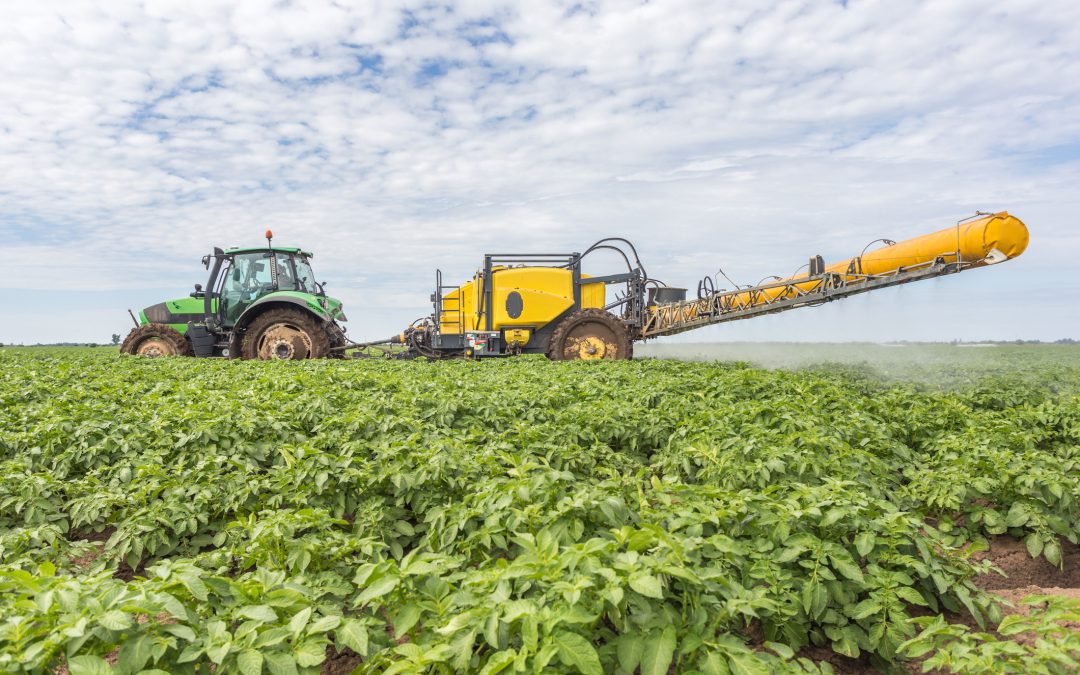The use of foliar nitrogen applications offers farmers and growers a host of benefits ranging from an overall reduction in the amount of nitrogen applied through to increased nutrient use efficiency (NUE) and reductions in environmental losses, which can result in overall improvements in yield quality and tonnage.
Reduction in the total volume of nitrogen required
Research and DEFRA’s RB209 shows that uptake efficiency of soil-applied nitrogen is typically 55% or less for many crops, and even lower for potatoes, due to their shallow and poorly developed root system. As the season progresses these efficiencies drop as low as 20% depending on nitrogen source, soil type and weather conditions.
Research has demonstrated time and again that an NUE of 90% or more can be achieved from foliar applied nitrogen, allowing farmers and growers to reduce their overall nitrogen applications in the region of 8-35%.
This can be realised because it is directly applied to the leaves, bypassing the need for the nitrogen to pass through the soil, where it risks being washed off, leached through the soil, or becoming soil-bound.
Immediate uptake
Foliar nitrogen is effective because plants can absorb these nutrients through the leaf stomata and epidermis quicker than through their root systems. Direct application to leaves means that nutrients are taken up and can be utilised more quickly than those that are applied to the soil.
Absorption through the leaf allows utilisation of the applied nutrients quickly when needed, unlike soil-applied nitrogen, which requires rain/dew to dissolve it, allowing it to be transferred to the roots to be absorbed and then transported to the point of use.
Foliar applications are particularly beneficial and ensure a more consistent uptake of nutrients compared to the root system when:
● Evaporation is low
● The soil is too wet/dry (drought conditions)
● The crop is under high pressure due to stress factors (heat/drought).
Better for the environment
By applying the nitrogen directly to the leaf, the total amount of nitrogen used can be reduced due to the direct absorption and the reduction of wastage that comes with the scatter gun effect of soil applications.
While foliar nitrogen applications cannot replace all nitrogen, it can be used to replace a large proportion of soil-applied nitrogen post the initial placement at planting because applications can be carried from the 1st leaf growth stage through to harvest.
In nitrate sensitive areas, run-off caused by direct application to the soil can be avoided, helping to reduce the build-up of nitrates in watercourses and algae blooms.
Using foliar nitrogen need not increase the number of tractor passes required as many foliar applied products can be delivered together, however, always check with the manufacturer.
Time and again, research has shown that foliar nitrogen applications do not have to mean a reduction in tonnage or quality. In fact, marketable yields in some instances have increased by up to 25%, despite using 33% less nitrogen to grow the crop
This all demonstrates that foliar-applied nitrogen can contribute to farm financial and environmental sustainability.


